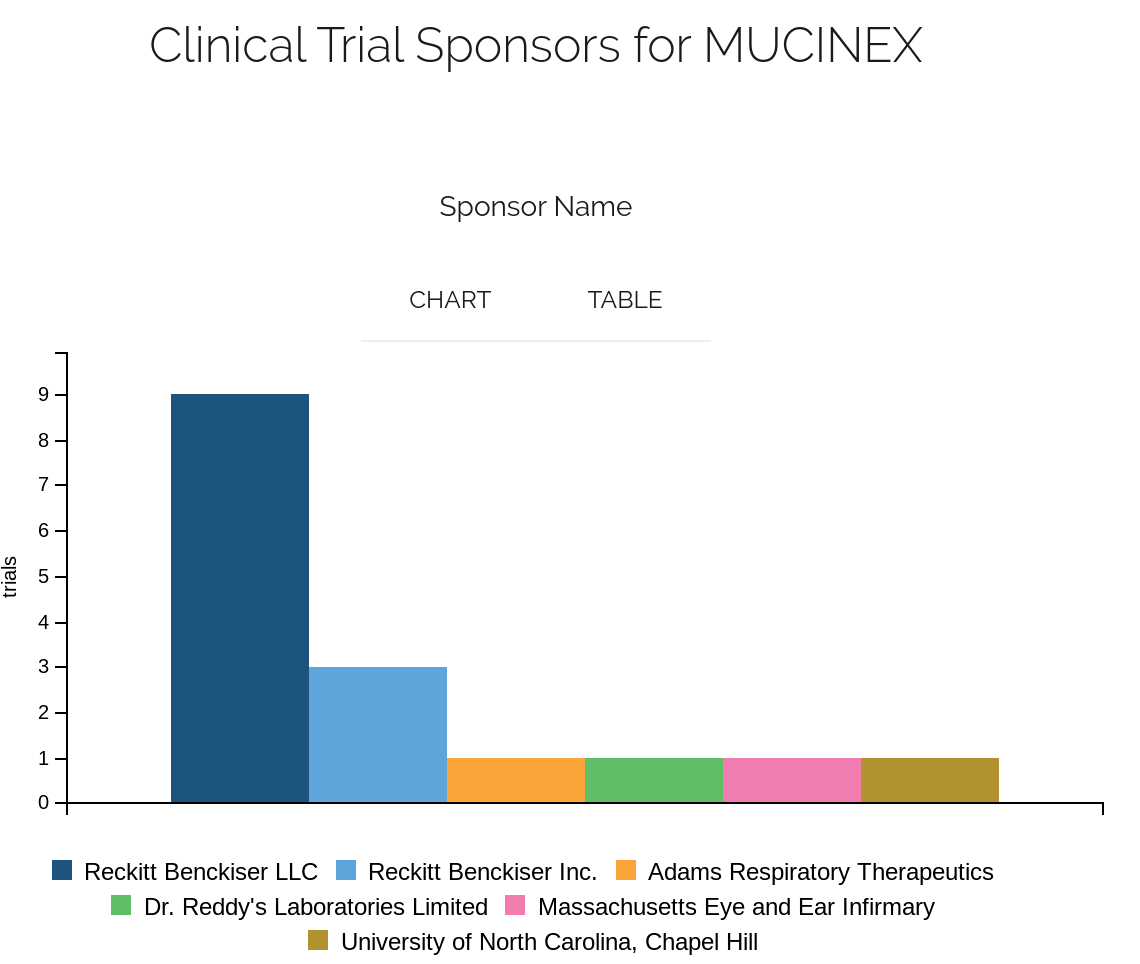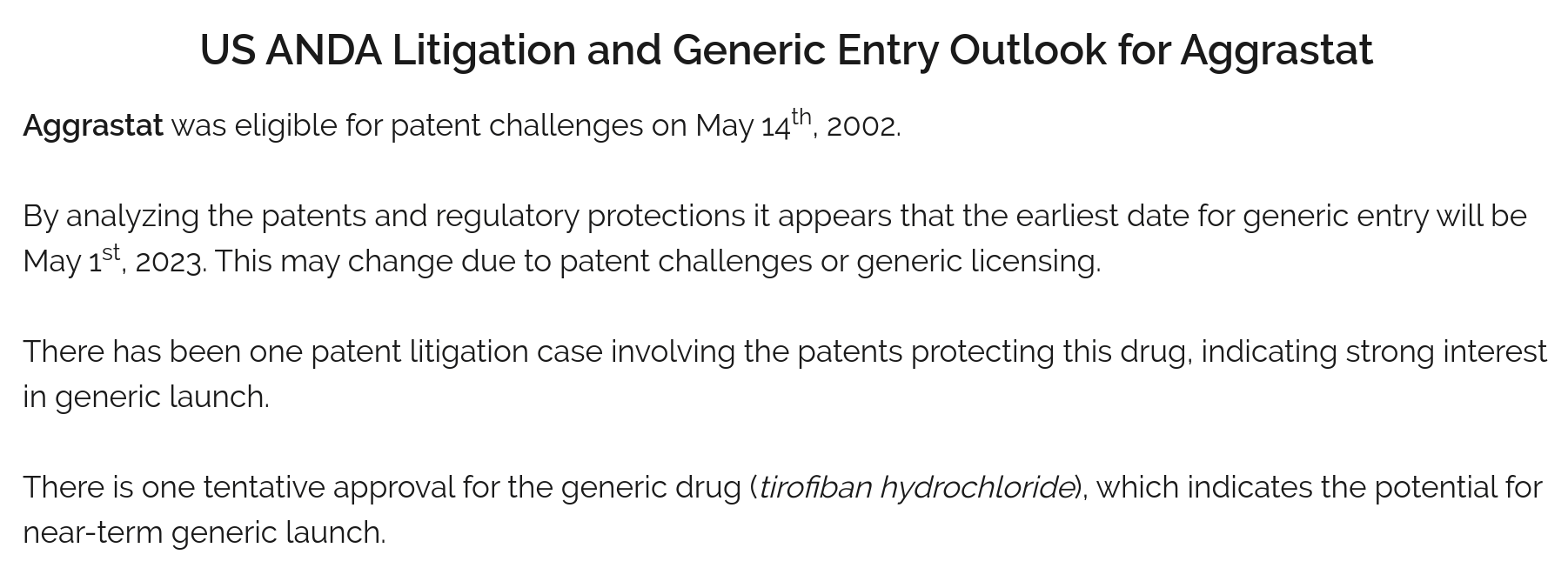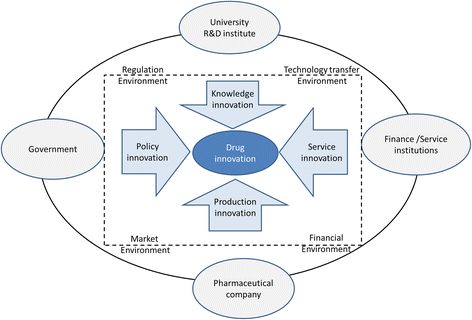The Rise of China’s Pharmaceutical Industry
China’s pharmaceutical industry has undergone a remarkable transformation in recent years. From being primarily focused on generic drugs to becoming a hub for innovative drug development, the country has made significant strides in positioning itself as a global leader in the pharmaceutical sector.
Market Size and Growth Projections
The sheer size of China’s pharmaceutical market is staggering. According to recent data, the market is expected to experience robust growth in the coming years:
Specifically to the biopharma industry, the market size will likely grow from RMB 345.7 billion (US$47.60 billion) in 2020 to RMB 811.6 billion (US$111.76 billion) in 2025, an 135 percent increase in five years[1].
This projected growth rate is nothing short of impressive, highlighting the immense potential for investors looking to tap into this burgeoning market.
From Generics to Innovation
One of the most significant shifts in China’s pharmaceutical landscape has been the transition from a generics-focused industry to one driven by innovation. This evolution has been fueled by several factors, including:
- Increased government support for research and development
- Regulatory reforms aimed at streamlining drug approval processes
- Growing domestic demand for cutting-edge treatments
- Collaboration between Chinese and international pharmaceutical companies
As a result, we’re seeing a surge in the development of novel drugs and therapies originating from China, positioning the country as a formidable player in the global pharmaceutical arena.
Key Drivers of Growth in China’s Pharmaceutical Market
To fully appreciate the investment potential in China’s pharmaceutical sector, it’s crucial to understand the key drivers propelling its growth. Let’s explore some of the most significant factors shaping the industry’s trajectory.
Aging Population and Increasing Healthcare Demands
China’s rapidly aging population is one of the primary catalysts for the pharmaceutical industry’s growth. As the country’s demographic landscape shifts, there’s an increasing demand for healthcare services and innovative treatments to address age-related conditions.
According to the National Bureau of Statistics of China, by 2050, it’s projected that over 35% of the population will be aged 60 or above. This demographic trend presents both challenges and opportunities for the healthcare sector, driving demand for pharmaceuticals across various therapeutic areas.
Government Support and Policy Initiatives
The Chinese government has played a pivotal role in fostering the growth of the pharmaceutical industry. Through various policy initiatives and strategic plans, authorities have created a conducive environment for innovation and investment in the sector.
Made in China 2025 Strategy
The “Made in China 2025” strategy, launched in 2015, identified biotechnology as one of the key industries for development. This initiative has led to increased funding and support for research and development in the pharmaceutical sector, encouraging both domestic and foreign companies to invest in innovative drug discovery and development.
Healthy China 2030 Plan
The “Healthy China 2030” plan, unveiled in 2016, aims to improve public health and promote scientific innovation in the healthcare sector. This comprehensive strategy has further bolstered the government’s commitment to advancing the pharmaceutical industry and improving healthcare outcomes for the Chinese population.
Regulatory Reforms and Market Access
In recent years, China has implemented significant regulatory reforms to streamline drug approval processes and improve market access for innovative therapies. These changes have had a profound impact on the pharmaceutical landscape, making it more attractive for both domestic and international companies to invest in drug development and commercialization in China.
Some key regulatory reforms include:
- Accelerated approval pathways for innovative drugs
- Acceptance of foreign clinical trial data for drug registrations
- Improved intellectual property protection for pharmaceutical innovations
- Streamlined processes for conducting clinical trials in China
These reforms have not only expedited the drug approval process but have also encouraged greater investment in research and development within the country.
Investment Opportunities in China’s Pharmaceutical Sector
With a solid understanding of the market dynamics and growth drivers, let’s explore the various investment opportunities available in China’s pharmaceutical sector.
Biopharmaceuticals: A Booming Subsector
The biopharmaceutical industry in China has experienced explosive growth in recent years, presenting lucrative opportunities for investors. This subsector focuses on developing drugs and therapies derived from biological sources, including proteins, antibodies, and gene therapies.
Market capitalization of Chinese biopharma companies grew to over US$200 billion in 2020 from US$1 billion in 2016[1].
This remarkable growth trajectory underscores the immense potential for investors in the biopharmaceutical space. Key areas of focus within this subsector include:
- Oncology therapies
- Immunotherapies
- Gene and cell therapies
- Rare disease treatments
Digital Health and AI-Driven Drug Discovery
The integration of digital technologies and artificial intelligence (AI) in drug discovery and development processes has opened up new avenues for investment in China’s pharmaceutical sector. Companies leveraging AI and big data analytics to streamline drug discovery, optimize clinical trials, and enhance precision medicine approaches are attracting significant attention from investors.
For example, companies like WuXi AppTec have been at the forefront of this trend, using AI-driven platforms to accelerate the identification of potential drug candidates and improve R&D efficiency[2].
Contract Research Organizations (CROs) and Contract Development and Manufacturing Organizations (CDMOs)
As the pharmaceutical industry in China continues to grow, there’s an increasing demand for specialized services provided by Contract Research Organizations (CROs) and Contract Development and Manufacturing Organizations (CDMOs). These companies play a crucial role in supporting drug discovery, development, and manufacturing processes for both domestic and international pharmaceutical companies.
Investing in CROs and CDMOs can provide exposure to the broader growth of China’s pharmaceutical industry while potentially mitigating some of the risks associated with direct drug development investments.
Innovative Drug Development Companies
With the shift towards innovation in China’s pharmaceutical landscape, there’s a growing number of companies focused on developing novel drugs and therapies. These companies often present attractive investment opportunities, particularly those with promising pipelines in high-demand therapeutic areas.
For instance, BeiGene, a leading Chinese biotechnology company, has gained international recognition for its innovative cancer treatments, including Brukinsa (zanubrutinib), which has received approvals in multiple countries[2].
Challenges and Considerations for Investors
While the opportunities in China’s pharmaceutical sector are abundant, it’s essential for investors to be aware of the challenges and considerations associated with entering this market.
Regulatory Compliance and Intellectual Property Protection
Despite recent improvements, navigating China’s regulatory landscape can still be complex for foreign investors. Ensuring compliance with local regulations and protecting intellectual property rights remain crucial considerations for companies looking to invest in the Chinese pharmaceutical market.
Competition from Domestic Players
The rapid growth of China’s pharmaceutical industry has led to increased competition from domestic companies. These local players often have a deep understanding of the market and strong government relationships, which can pose challenges for foreign investors.
Geopolitical Tensions and Trade Uncertainties
Ongoing geopolitical tensions between China and other countries, particularly the United States, can create uncertainties for investors in the pharmaceutical sector. It’s important to stay informed about potential trade restrictions or policy changes that may impact investments in this industry.
Strategies for Successful Pharmaceutical Investments in China
To maximize the potential for success when investing in China’s pharmaceutical sector, consider the following strategies:
Partnering with Local Companies
Forming strategic partnerships or joint ventures with established Chinese pharmaceutical companies can provide valuable insights into the local market, regulatory landscape, and distribution networks. These collaborations can help foreign investors navigate the complexities of the Chinese market more effectively.
Focusing on Innovative Therapies
Given the growing emphasis on innovation in China’s pharmaceutical industry, investors should consider focusing on companies developing novel drugs and therapies, particularly in areas of high unmet medical need.
Leveraging Government Incentives
Take advantage of government incentives and support programs designed to encourage investment in the pharmaceutical sector. This may include tax breaks, grants, or preferential policies for companies operating in designated biotech parks or innovation hubs.
Investing in Digital Health and AI Technologies
Consider investments in companies leveraging digital health technologies and AI-driven drug discovery platforms, as these areas are likely to play an increasingly important role in the future of China’s pharmaceutical industry.
Future Outlook: Trends Shaping China’s Pharmaceutical Landscape
As we look to the future, several trends are likely to shape the trajectory of China’s pharmaceutical industry and influence investment opportunities:
Continued Focus on Innovation
The shift towards innovative drug development is expected to continue, with increased investment in research and development across various therapeutic areas.
Expansion of Precision Medicine
Advancements in genomics and personalized medicine are likely to drive growth in targeted therapies and companion diagnostics.
Growing Importance of Biosimilars
As patents for biologics expire, the development and commercialization of biosimilars are expected to present significant opportunities in the Chinese market.
Increased Cross-Border Collaborations
We can anticipate more partnerships between Chinese and international pharmaceutical companies, fostering knowledge exchange and accelerating drug development processes.
Key Takeaways
- China’s pharmaceutical market is experiencing rapid growth, with projections indicating significant expansion in the coming years.
- The industry is transitioning from a focus on generics to innovative drug development, driven by government support and regulatory reforms.
- Key growth drivers include an aging population, increasing healthcare demands, and supportive government policies.
- Investment opportunities span various subsectors, including biopharmaceuticals, digital health, and contract research organizations.
- While challenges exist, strategic approaches such as local partnerships and focusing on innovation can help investors navigate the market successfully.
- The future outlook for China’s pharmaceutical industry remains promising, with continued emphasis on innovation and precision medicine.
FAQs
- Q: What makes China’s pharmaceutical market attractive to foreign investors?
A: China’s pharmaceutical market is attractive due to its large size, rapid growth, increasing focus on innovation, and supportive government policies. The country’s aging population and growing healthcare demands also contribute to the market’s potential. - Q: How has China’s regulatory environment for pharmaceuticals changed in recent years?
A: China has implemented significant regulatory reforms, including accelerated approval pathways for innovative drugs, acceptance of foreign clinical trial data, improved intellectual property protection, and streamlined clinical trial processes. These changes have made the market more accessible and attractive to both domestic and international companies. - Q: What are some key challenges for foreign investors in China’s pharmaceutical sector?
A: Challenges include navigating complex regulatory requirements, protecting intellectual property, competing with established domestic players, and managing potential geopolitical tensions and trade uncertainties. - Q: Which subsectors within China’s pharmaceutical industry offer the most promising investment opportunities?
A: Promising subsectors include biopharmaceuticals, digital health and AI-driven drug discovery, contract research organizations (CROs), and innovative drug development companies focusing on areas such as oncology, immunotherapy, and rare diseases. - Q: How can foreign investors mitigate risks when entering China’s pharmaceutical market?
A: Strategies to mitigate risks include partnering with local companies, focusing on innovative therapies, leveraging government incentives, and staying informed about regulatory changes and market trends. Conducting thorough due diligence and seeking expert advice on legal and regulatory matters is also crucial.
Sources cited:
[1] https://www.china-briefing.com/news/china-booming-biopharmaceuticals-market-innovation-investment-opportunities/
[2] https://www.thewirechina.com/2024/11/03/big-pharma-doubles-down-on-china/























